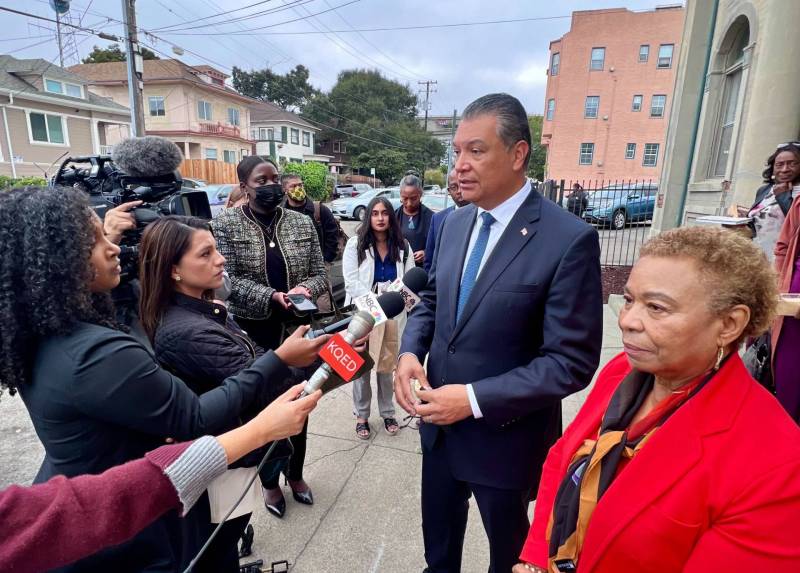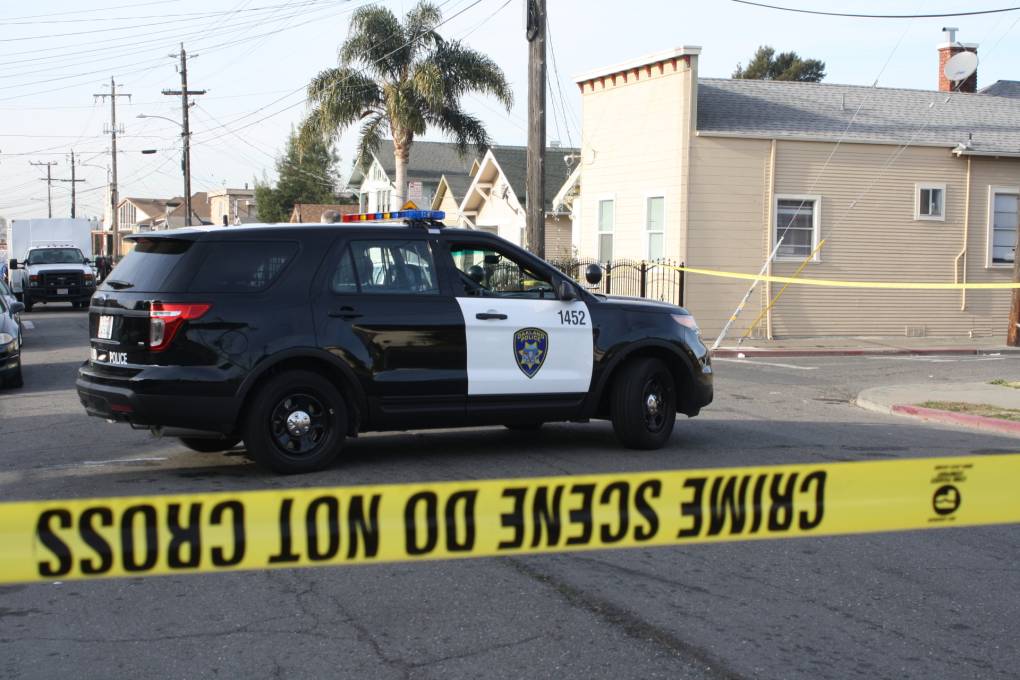The six-month-old MACRO program sends a team of crisis intervention specialists to respond to nonviolent 911 calls, helping to deescalate crises without police intervention, thereby reducing police responses to behavioral health issues so they can focus on crime instead, at a time when the OPD has been understaffed and overwhelmed since the start of the pandemic. The city is testing the program for 18 months, limiting service to just East and West Oakland between 7 a.m. and 11 p.m., with three teams on two shifts.
Padilla thinks federal dollars can increase staff and expand hours and area of coverage.
“That’s the objective: not just trying to find those new solutions, new initiatives but looking at what has been proven, that can have a bigger impact if we’re able to scale up with more resources, hiring more teams to do the work on the ground,” he said.
Barbara Lee later told reporters that the closed-door conversation delved into systemic racism as one major root cause of crimes, given that a majority of victims of gun violence are Black and brown people from under-resourced communities and lower-income neighborhoods where gang violence often takes root. As a member of the House Appropriations Committee, she said she’s been working to boost federal funding for grassroots violence prevention programs that employ young people as “violence interrupters.”
“Our young people deserve investments in education, jobs, housing, mental health, social and racial justice efforts and more to ensure the quality of life they deserve,” she said.


